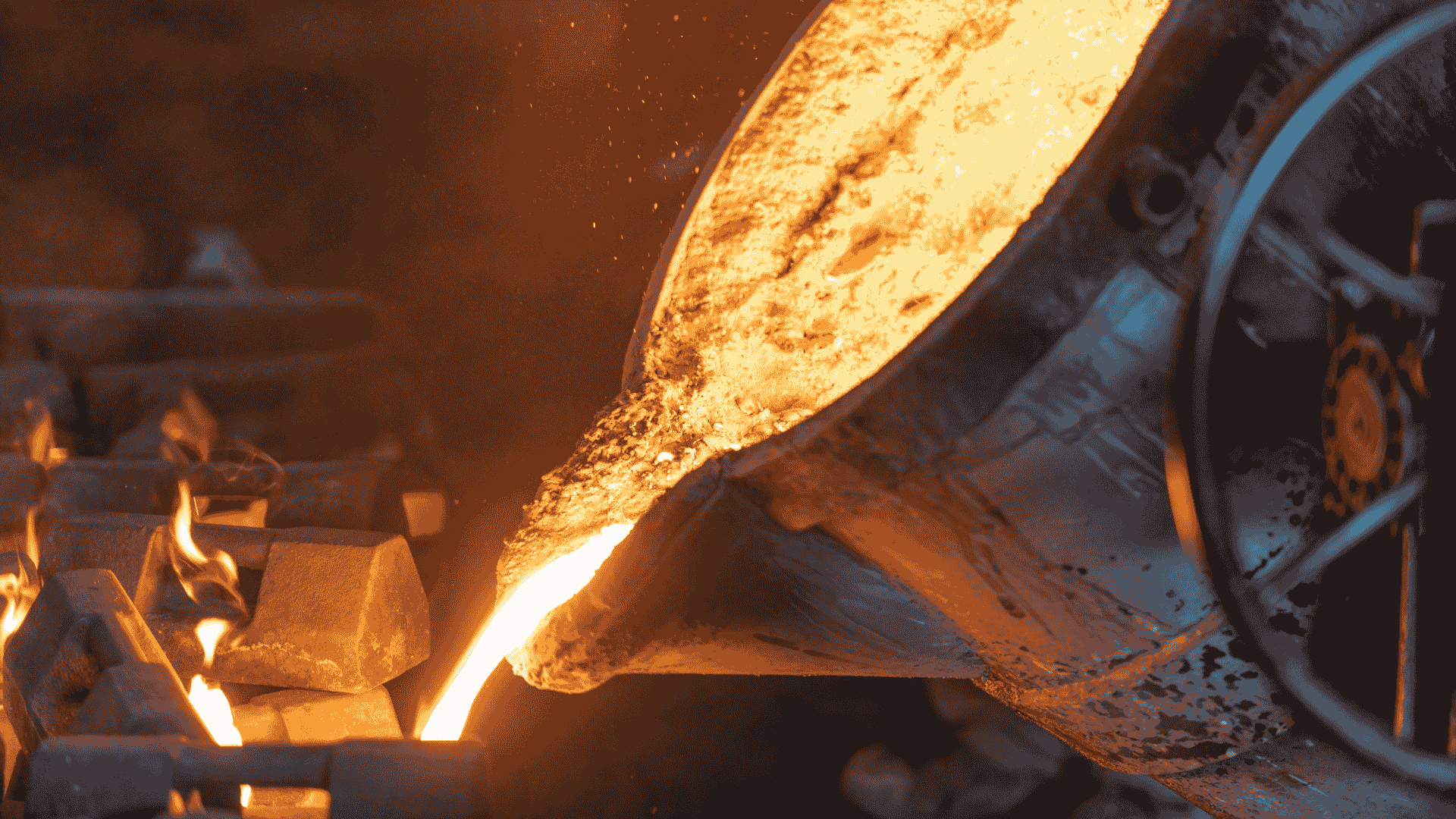The Role of Ramming Mass in Secondary Steel Production

In the steel industry today, secondary steel production is vital for ensuring global need is met in high-quality steel. Ramming mass is one major ingredient that forms part of the process to be used with induction furnace lining. The performance, longevity, and cost-savviness of steel making relies directly on ramming mass composition and quality. At Monolithisch, our expertise is dedicated to sourcing top-quality ramming mass for use in steel.
Understanding Secondary Steel Manufacturing
Secondary steel manufacturing is a process of refining and processing raw steel to increase its quality. Unlike primary steel production, where steel is recovered from iron ore, secondary steel production emphasizes recycling and refining used steel. The process is cost-efficient and environmentally friendly, thus making it the preferred method in many industries. The process efficiency relies on high-performance refractory materials, for example, ramming mass in steel manufacturing.
What is Ramming Mass?
Ramming mass is a monolithic refractory material employed for lining induction furnaces in steelmaking. It is made of high-grade quartz, silica, magnesite, or alumina, carefully chosen to sustain severe temperatures and mechanical stress. The main purpose of ramming mass in steelmaking is to shield furnace walls from thermal shock and chemical attack, maintaining smooth operation.
Importance of Ramming Mass in Induction Furnace Lining
1. Increases Furnace Life
A properly designed ramming mass gives a robust and long-lasting induction furnace lining, minimizing wear and tear due to high-temperature and molten metal exposure. This extends the furnace life, reducing maintenance time and expenditure.
2. Enhances Thermal Efficiency
The thermal conductivity of steel refractory materials influences energy consumption directly. Quality ramming mass maximizes heat retention in the furnace, resulting in energy-efficient secondary steel production processes.
3. Maintains Steel Purity
Refractory material impurities can pollute molten steel, which compromises its quality. At Monolithisch, we produce the finest ramming mass for steel production, devoid of any unwanted impurities, to provide clean and high-quality steel production.
4. Lowers Operating Expenses
Regular furnace relining results in higher production expenses. Our steel production ramming mass is formulated for maximum durability, lowering the number of replacements and overall manufacturing costs.
Selecting the Best Ramming Mass for Steel Production
The selection of optimum ramming mass in steel production is a function of various parameters such as furnace type, steel grade, and operating temperature. Some of the major considerations are as follows:
Composition: The selection of silica-based, magnesite-based, or alumina-based ramming mass depends on individual steel production requirements. Grain Size Distribution: A good particle size ensures maximum packing density and thermal resistance.
Binding Agents: High-quality binders improve the bonding strength of induction furnace lining, avoiding cracks and erosion.
Thermal Shock Resistance: The capacity to resist sudden changes in temperature without cracking is of prime importance to ensure long life for the furnace.
At Monolithisch, we provide refractory materials customized for steel with the specific requirements of steel manufacturers in mind.
Conclusion
The function of ramming mass in steel manufacturing is crucial for cost-effective and efficient secondary steel production. From improving furnace life to enhancing steel quality, the proper ramming mass guarantees smooth operations in induction furnace lining. Selecting a reputable brand such as Monolithisch ensures access to the finest ramming mass for steel, capable of withstanding high temperatures and ensuring maximum productivity.
For premium refractory solutions tailored to your needs, contact Monolithisch today and experience excellence in steel production!


